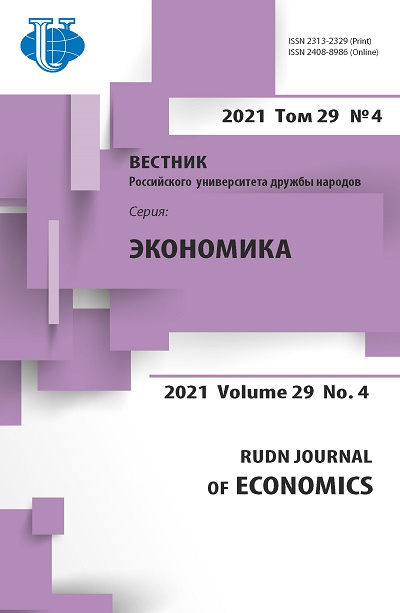Аннотация
Мировые финансовые рынки столкнулись с новым явлением - формированием финансового киберпространства. Криптовалюты не отслеживаются ни банком, ни финансовыми учреждениями, ни даже государством. В системе цифровых отношений транзакции регистрируются и зашифровываются с помощью блокчейн-технологий. Криптовалюты обладают рядом функций, которые делают их незаменимыми, особенно при международном обмене. Исследуется положение криптовалют в экономике и электронном бизнесе Ирана. В последние годы использование криптовалют в Иране выросло, как и необходимость выработки государственной политики в связи с этим явлением. Криптовалюты позволяют иранским предприятиям и правительству иметь прямой доступ на международные рынки в обход санкций. Рассматривается механизм использования криптовалют в экономике, определяются проблемы и возможности их использования в иранской экономике. Выявлено, что криптовалюты могут позволить иранским предпринимателям выйти на международную арену и стать участниками глобальной конкуренции. По этой причине необходимо, чтобы правительство и общественные организации, повышающие осведомленность о криптовалютах, также способствовали процветанию бизнеса.















